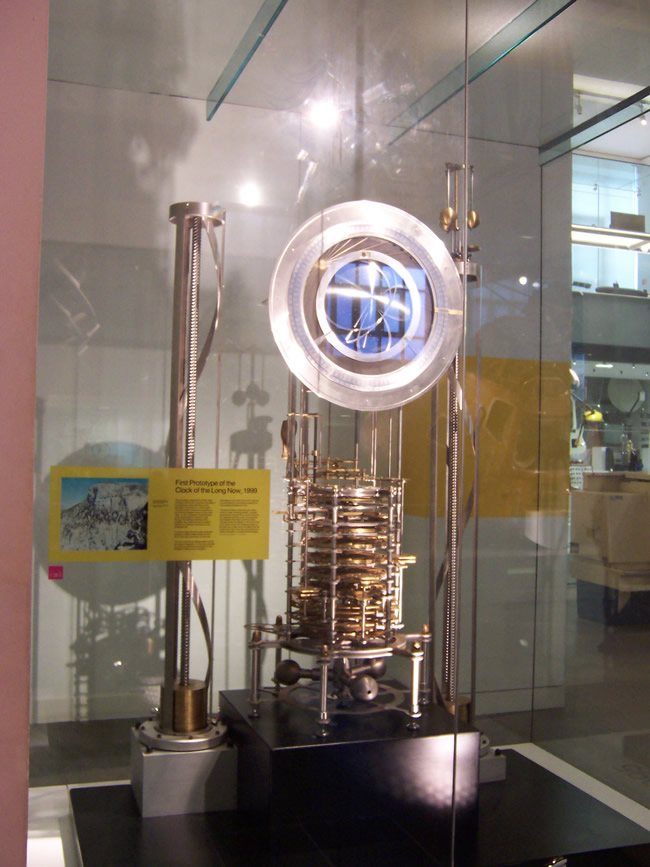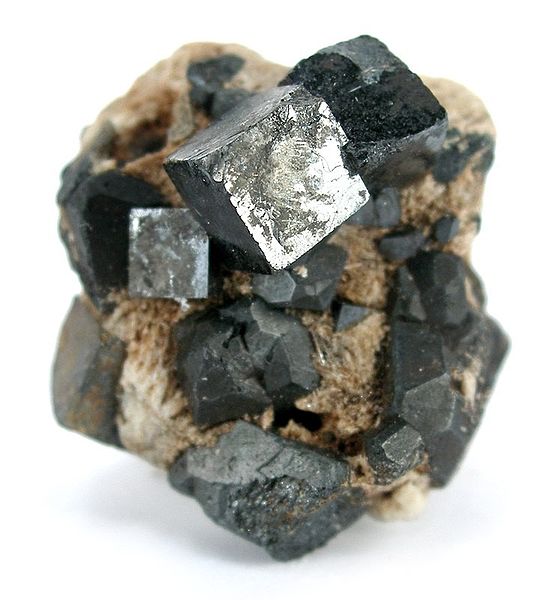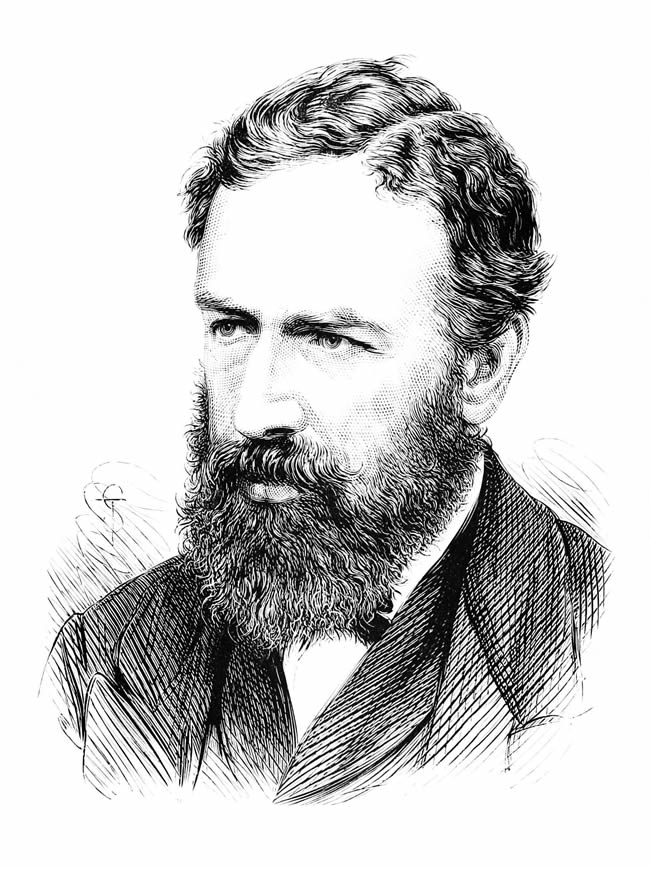
Aside from the ubiquitous plastic grocery bag will any human made artifact last 10,000 years? Before you answer, let’s qualify the question by mandating the artifact have some long-term value. That would seem to eliminate plastic bags, plastic toys embedded in fast food meals, and DVDs of reality “stars” ripped from YouTube. What does that leave? Most human made products consisting of metals or biodegradable components, such as paper and wood, will rust, rot or breakdown in 20-300 years. Even some plastics left exposed to sun and air will breakdown within a thousand years. Of course, buried deep in a landfill, plastic containers, styrofoam cups and throwaway diapers may remain with us for tens or hundreds of thousands of years.
Archaeological excavations show us that artifacts made of glass and ceramic would fit the bill — lasting well into the year 12012 and beyond. But, in the majority of cases we usually unearth fragments of things.
But what if some ingenious humans could build something that would still be around 10,000 years from now? Better still, build something that will still function as designed 10,000 years from now. This would represent an extraordinary feat of contemporary design and engineering. And, more importantly it would provide a powerful story for countless generations beginning with ours.
So, enter Danny Hillis and the Clock of the Long Now (also knows as the Millennium Clock or the 10,000 Year Clock). Danny Hillis is an inventor, scientist, and computer designer. He pioneered the concept of massively parallel computers.
In Hillis’ own words:
Ten thousand years – the life span I hope for the clock – is about as long as the history of human technology. We have fragments of pots that old. Geologically, it’s a blink of an eye. When you start thinking about building something that lasts that long, the real problem is not decay and corrosion, or even the power source. The real problem is people. If something becomes unimportant to people, it gets scrapped for parts; if it becomes important, it turns into a symbol and must eventually be destroyed. The only way to survive over the long run is to be made of materials large and worthless, like Stonehenge and the Pyramids, or to become lost. The Dead Sea Scrolls managed to survive by remaining lost for a couple millennia. Now that they’ve been located and preserved in a museum, they’re probably doomed. I give them two centuries – tops. The fate of really old things leads me to think that the clock should be copied and hidden.
Plans call for the 200 foot tall, 10,000 Year Clock to be installed inside a mountain in remote west Texas, with a second location in remote eastern Nevada. Design and engineering work on the clock, and preparation of the Clock’s Texas home are underway.
For more on the 10,000 Year Clock jump to the Long Now Foundation, here.
[div class=attrib]More from Rationally Speaking:[end-div]
I recently read Brian Hayes’ wonderful collection of mathematically oriented essays called Group Theory In The Bedroom, and Other Mathematical Diversions. Not surprisingly, the book contained plenty of philosophical musings too. In one of the essays, called “Clock of Ages,” Hayes describes the intricacies of clock building and he provides some interesting historical fodder.
For instance, we learn that in the sixteenth century Conrad Dasypodius, a Swiss mathematician, could have chosen to restore the old Clock of the Three Kings in Strasbourg Cathedral. Dasypodius, however, preferred to build a new clock of his own rather than maintain an old one. Over two centuries later, Jean-Baptiste Schwilgue was asked to repair the clock built by Dasypodius, but he decided to build a new and better clock which would last for 10,000 years.
Did you know that a large-scale project is underway to build another clock that will be able to run with minimal maintenance and interruption for ten millennia? It’s called The 10,000 Year Clock and its construction is sponsored by The Long Now Foundation. The 10,000 Year Clock is, however, being built for more than just its precision and durability. If the creators’ intentions are realized, then the clock will serve as a symbol to encourage long-term thinking about the needs and claims of future generations. Of course, if all goes to plan, our future descendants will be left to maintain it too. The interesting question is: will they want to?
If history is any indicator, then I think you know the answer. As Hayes puts it: “The fact is, winding and dusting and fixing somebody else’s old clock is boring. Building a brand-new clock of your own is much more fun, especially if you can pretend that it’s going to inspire awe and wonder for the ages to come. So why not have the fun now and let the future generations do the boring bit.” I think Hayes is right, it seems humans are, by nature, builders and not maintainers.
Projects like The 10,000 Year Clock are often undertaken with the noblest of environmental intentions, but the old proverb is relevant here: the road to hell is paved with good intentions. What I find troubling, then, is that much of the environmental do-goodery in the world may actually be making things worse. It’s often nothing more than a form of conspicuous consumption, which is a term coined by the economist and sociologist Thorstein Veblen. When it pertains specifically to “green” purchases, I like to call it being conspicuously environmental. Let’s use cars as an example. Obviously it depends on how the calculations are processed, but in many instances keeping and maintaining an old clunker is more environmentally friendly than is buying a new hybrid. I can’t help but think that the same must be true of building new clocks.
In his book, The Conundrum, David Owen writes: “How appealing would ‘green’ seem if it meant less innovation and fewer cool gadgets — not more?” Not very, although I suppose that was meant to be a rhetorical question. I enjoy cool gadgets as much as the next person, but it’s delusional to believe that conspicuous consumption is somehow a gift to the environment.
Using insights from evolutionary psychology and signaling theory, I think there is also another issue at play here. Buying conspicuously environmental goods, like a Prius, sends a signal to others that one cares about the environment. But if it’s truly the environment (and not signaling) that one is worried about, then surely less consumption must be better than more. The homeless person ironically has a lesser environmental impact than your average yuppie, yet he is rarely recognized as an environmental hero. Using this logic I can’t help but conclude that killing yourself might just be the most environmentally friendly act of all time (if it wasn’t blatantly obvious, this is a joke). The lesson here is that we shouldn’t confuse smug signaling with actually helping.
[div class=attrib]Read the entire article after the jump.[end-div]
[div class=attrib]Image: Prototype of the 10,000 Year Clock. Courtesy of the Long Now Foundation / Science Museum of London.[end-div]


 If you’ve read my blog for a while you undoubtedly know that I have a rather jaded view of tech startup culture — particularly with Silicon Valley’s myopic obsession for discovering the next multi-billion dollar mobile-consumer-facing-peer-to-peer-gig-economy-service-sharing-buzzword-laden-dating-platform-with-integrated-messaging-and-travel-meta-search app.
If you’ve read my blog for a while you undoubtedly know that I have a rather jaded view of tech startup culture — particularly with Silicon Valley’s myopic obsession for discovering the next multi-billion dollar mobile-consumer-facing-peer-to-peer-gig-economy-service-sharing-buzzword-laden-dating-platform-with-integrated-messaging-and-travel-meta-search app.
![The beef was grown in a lab by a pioneer in this arena — Mark Post of Maastricht University in the Netherlands. My colleague Henry Fountain has reported the details in a fascinating news article. Here’s an excerpt followed by my thoughts on next steps in what I see as an important area of research and development: According to the three people who ate it, the burger was dry and a bit lacking in flavor. One taster, Josh Schonwald, a Chicago-based author of a book on the future of food [link], said “the bite feels like a conventional hamburger” but that the meat tasted “like an animal-protein cake.” But taste and texture were largely beside the point: The event, arranged by a public relations firm and broadcast live on the Web, was meant to make a case that so-called in-vitro, or cultured, meat deserves additional financing and research….. Dr. Post, one of a handful of scientists working in the field, said there was still much research to be done and that it would probably take 10 years or more before cultured meat was commercially viable. Reducing costs is one major issue — he estimated that if production could be scaled up, cultured beef made as this one burger was made would cost more than $30 a pound. The two-year project to make the one burger, plus extra tissue for testing, cost $325,000. On Monday it was revealed that Sergey Brin, one of the founders of Google, paid for the project. Dr. Post said Mr. Brin got involved because “he basically shares the same concerns about the sustainability of meat production and animal welfare.” The enormous potential environmental benefits of shifting meat production, where feasible, from farms to factories were estimated in “Environmental Impacts of Cultured Meat Production,”a 2011 study in Environmental Science and Technology.](http://cdn.theatlantic.com/newsroom/img/posts/RTX12B04.jpg)
 If you live somewhere rather toasty you know how painful your electricity bills can be during the summer months. So, wouldn’t it be good to have a system automatically find you the cheapest electricity when you need it most? Welcome to the artificially intelligent smarter smart grid.
If you live somewhere rather toasty you know how painful your electricity bills can be during the summer months. So, wouldn’t it be good to have a system automatically find you the cheapest electricity when you need it most? Welcome to the artificially intelligent smarter smart grid. It should come as no surprise that those who deny the science of climate change and human-propelled impact on the environment would also shirk from purchasing products and services that are friendly to the environment.
It should come as no surprise that those who deny the science of climate change and human-propelled impact on the environment would also shirk from purchasing products and services that are friendly to the environment.



 [div class=attrib]From Cosmic Log:[end-div]
[div class=attrib]From Cosmic Log:[end-div]
 [div class=attrib]From Ars Technica:[end-div]
[div class=attrib]From Ars Technica:[end-div] [div class=attrib]Bjørn Lomborg for Project Syndicate:[end-div]
[div class=attrib]Bjørn Lomborg for Project Syndicate:[end-div]
 [div class=attrib]From Discover:[end-div]
[div class=attrib]From Discover:[end-div] [div class=attrib]From Discover:[end-div]
[div class=attrib]From Discover:[end-div]